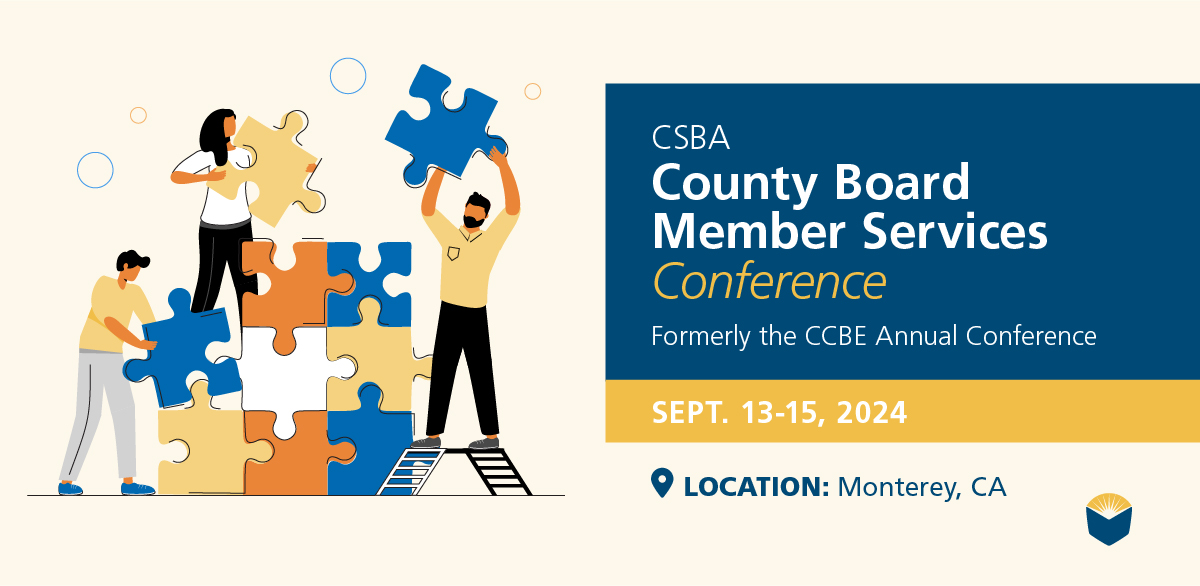by Jessica Gunderson, Policy Director, Partnership for Children & Youth
Did you know that your students who regularly and fully participate in state-funded or federally-funded expanded learning time – afterschool, intersession, and/or summer – programs can gain up to an additional 90 full-days of learning or more?
Today, thanks to shifting educational priorities and policies, school district leaders in California have a critical and unique opportunity to maximize their investment in expanded learning time* to better support local goals for student success. However, new research indicates that this opportunity won’t be fully realized if these programs and partnerships continue to work only on a school-by-school basis without district-level leadership.
We at the Partnership for Children & Youth (PCY) have spent the last year and a half putting together our new report, Time Well Spent, honing in on five field-tested strategies employed by school districts truly making the most of their investment in expanded learning time.
Research shows that school districts that invest in expanded learning time are making significant gains when it comes to maximizing student outcomes and meeting district goals. Those extra hours and increased access to learning supports make an enormous difference, especially for students who need extra help but aren’t able to get it during the school day or at home. However, our initial research indicated that many districts still aren’t using these programs to their fullest.
It’s easy to focus on the differences in the ways districts approach expanded learning time. District leaders can feel like they have to start from scratch every time they want to create a new partnership, or even to work more closely with an existing one.
And leaders in many districts haven’t had the capacity or resources to go about making these partnerships stronger, especially if they need to start from the drawing board.
But do they?
Despite the obvious differences in structure across the state, we figured there would be some common strategies being used in the districts that had managed to successfully align their expanded learning with their school-day programs. We were right.
We found a set of five strategic elements that school districts can use to truly leverage expanded learning time programs and resources.
According to our report, no matter what their infrastructure looks like, district leaders can:
- Build on existing assets to create a broad-based expanded learning system and infrastructure.
- Set the vision that expanded learning is part of the core work of the district’s schools.
- Create and sustain authentic partnerships through shared planning and management.
- Be clear about the critical role school level leadership plays in creating and sustaining effective programs.
- Support the system’s capacity for continuous improvement.
These strategies are like gears in a clock. You can arrange them in different ways and place them in any order within a district’s existing structure, but they must all be aligned in order for a district’s partnership with its expanded learning programs to run like clockwork, and deliver the most benefits. We hope to let district leaders know about the importance of these five strategic elements, and illustrate how they are being employed in different ways and with different configurations by their peers across the state.
We hosted a one-hour webinar earlier this month, in which we discussed our findings with representatives of three of the eight districts highlighted in the report. You can watch a recording of that webinar here. For more on our findings, or to download the executive summary or the report itself, visit partnerforchildren.org/tws.
* Expanded learning time is defined in California as: before and after school, summer, and intersession learning programs that focus on developing the academic, social, emotional and physical needs and interests of students through hands-on, engaging learning experiences. Expanded learning programs should be student-centered, results-driven, include community partners, and complement but not replicate learning activities in the regular school day/year.






Be the first to reply